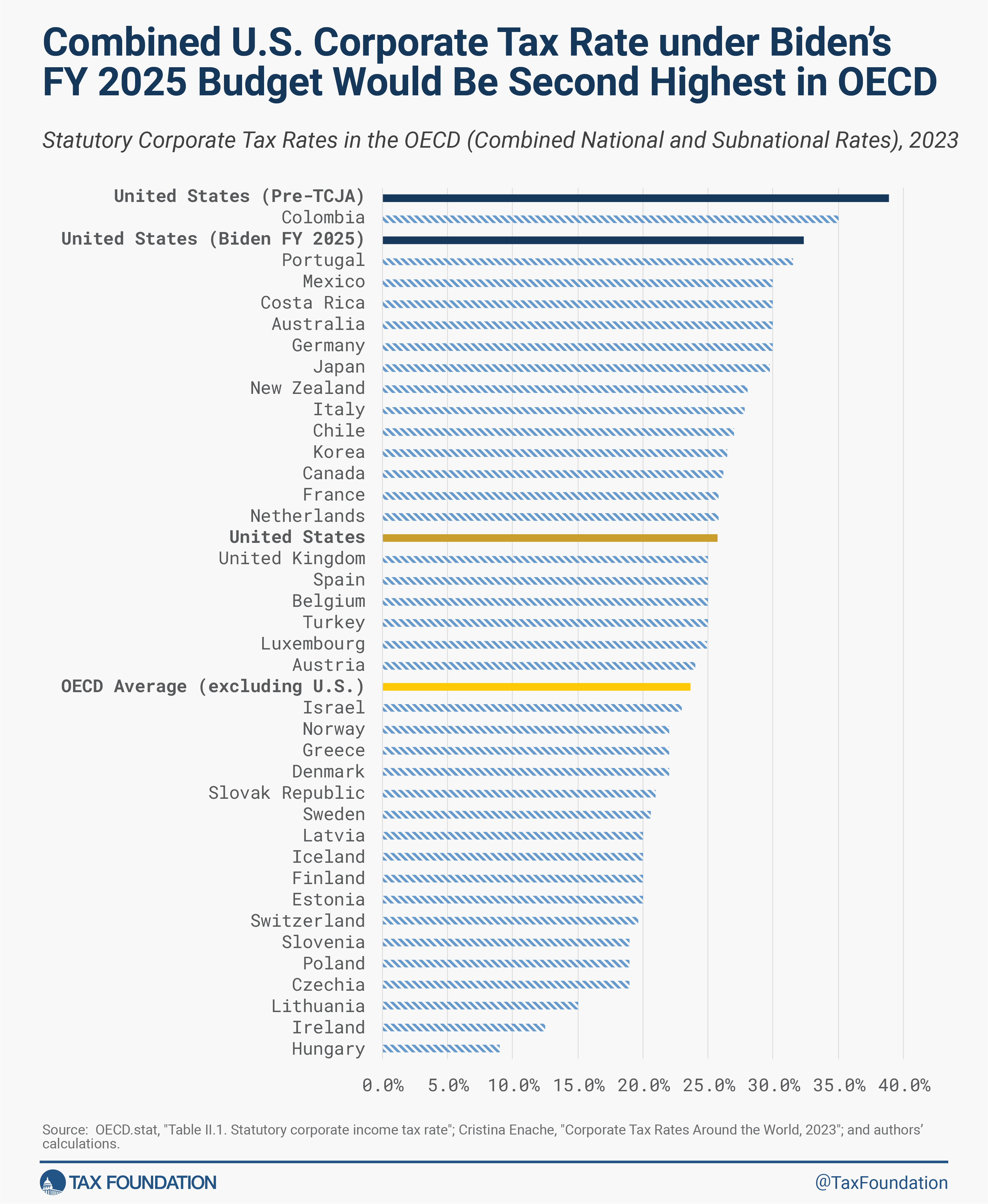(Counting)Back from the Future: HHS Diligently Works to Finalize Regulations Before an Unknown Cut-Off Date
Over the past four years, the Biden-Harris Administration has pursued an ambitious health-policy agenda. Yet, heading into the 2024 election year, several critically important rules proposed by HHS remain unfinished. Regulators are now working against a ticking clock to ensure that these rules are finalized in time to insulate them from potential Congressional Review Act (CRA) challenges.
Enacted in 1996, the CRA was designed to give Congress greater oversight of agency rulemaking. The law requires executive branch agencies to report their rulemaking activities to Congress and creates a process for Congress to rescind those regulations. For many years, the CRA was a little-known law that didn’t cause regulators any major concern. Between 1996 and 2016, the law had been used only once to invalidate a regulation. But in 2017, the newly elected Republican-led Congress, encouraged by the Trump Administration, used the law to invalidate16 rules finalized in the waning days of the Obama Administration. In 2021, the Biden-Harris Administration signed 3 CRA resolutions brought by the Democratic-led Congress on Trump administration rules.
After a rule has been reported to Congress, any member of Congress can introduce a CRA joint resolution of disapproval. Because the CRA contains “fast track” procedures that allow it to bypass the Senate filibuster and Senate committees, only a simple majority in both the House and Senate is required to pass a resolution. After a resolution passes Congress, the President must sign the resolution for it to take effect. The President can veto a resolution but Congress has the power to override the veto with a 2/3 majority in both houses.
Congress has sixty days of continuous session (defined as 60 legislative days in the House or 60 session days in the Senate) to act on a rule once it is reported to Congress. Because of the way that legislative and session days are defined, 60 days of continuous session under the Congressional Review Act often lasts much longer than 60 calendar days. The CRA also contains a special provision often referred to as the “lookback period” that allows a new Congress to review rules submitted within 60 legislative or session days of the previous Congess’s final adjournment. Under the lookback period, the 60-day clock “resets” in a new Congress, beginning on the 15th day of the new session. From a practical perspective, this generally means a new Congress has 75 legislative or session days to review and act on any rules submitted during the previous session.
The CRA is most often used successfully following an election when a single party controls both houses of Congress and the Presidency and the new President is of a different party than the prior one. As a result, in an election year, federal agencies are under time pressure to finalize any rules before the “lookback window” to insulate the rules from CRA challenges. The lookback window is difficult to predict partly because the Congressional calendar is subject to change and partly because session days can last longer than a calendar day. However, the lookback window has generally fallen between May and August, most often occurring in July.
HHS currently has several rules at the Office of Management and Budget (OMB) waiting to be finalized with publication in the Federal Register. This includes the Medicaid Eligibility and Enrollment Rule, the Medicaid Access Rule, updated rules on 1557 of the Affordable Care Act and Section 504 of the Rehabilitation Act, and several other regulations that would reduce discrimination against and provide better access to health care for low income and underserved populations. Ideally, federal agencies will work to finalize much of their regulatory agenda by the end of April to ensure that the rules would be protected from future CRA challenges.
One of the greatest dangers of a CRA resolution repealing a rule arises from a clause in the CRA that prohibits an agency from issuing a rule that is “substantially the same form” as the previous rule, unless follow-up legislation permits it. The CRA does not clearly define the phrase “substantially the same form” and the subject has been open to debate. It also is not clear who has the final say on whether a rule is “substantially the same” as a rule that has been repealed. The CRA contains a prohibition on judicial review and courts have generally interpreted this to mean they don’t have authority to rule on whether an agency has violated the CRA. To date, no courts have issued an opinion on this issue and the answer remains unclear. As a result, one of the major concerns that HHS must consider is that any rule issued within the “lookback period” and subject to a CRA challenge could prevent future rulemaking in that same area.
The 118th Congress has shown a clear willingness to introduce CRA resolutions targeting the current Administration’s regulations. Almost all of these CRA resolutions have had no chance of adoption as the Biden-Harris Administration would veto any challenge to rules issued by it. However, given that 2024 is an election year, administrative agencies must be cognizant of the approaching CRA lookback deadline, and work quickly to ensure that important rules are finalized in time to protect them from challenges by the next Congress. In addition, legislators and policy analysts should consider the broader implications and dangers of using the CRA as a political tool that has the potential to choke future rulemaking despite advances in science, technology, and information-sharing.






